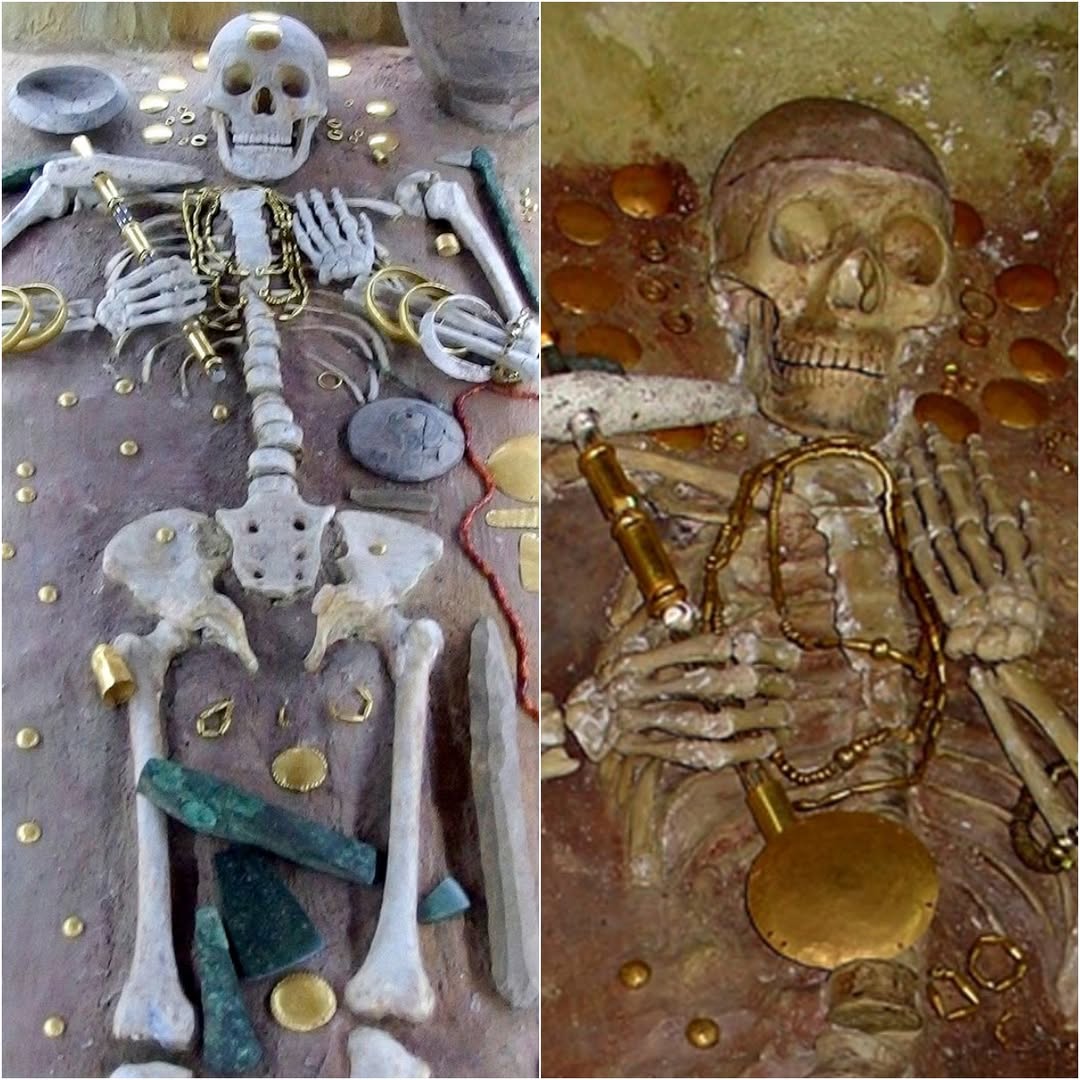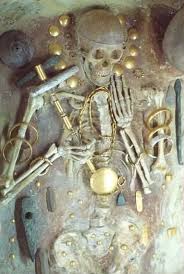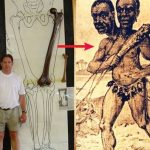Unearthed in Bulgaria: The Varna Man and His Extraordinary Grave

Unearthed in Bulgaria, the Varna Man’s grave, dating back to the 5th millennium BC, reveals a staggering glimpse into prehistoric wealth and social complexity. This remarkable discovery, located in the Varna Necropolis, is considered a pivotal moment in our understanding of ancient European societies. Adorned with the world’s oldest known gold artifacts, Varna Man’s burial suggests that sophisticated craftsmanship, social hierarchy, and symbolic wealth existed far earlier than previously imagined.

Each piece of gold, every intricately crafted object, hints at a culture capable of remarkable artistry and organization. The artifacts include elaborate gold jewelry, ceremonial items, and tools, all intricately designed and meticulously crafted. This challenges conventional views of Europe’s ancient societies, which often downplayed the complexity and sophistication of cultures outside the well-documented civilizations of Mesopotamia and Egypt. The Varna Man’s grave indicates that even in prehistoric times, communities were capable of producing exquisite craftsmanship and maintaining social structures that valued status and prestige.
Who was Varna Man, and why was he buried with such extraordinary treasures? Archaeologists are piecing together clues from this groundbreaking find, leading to various hypotheses about the identity and role of this enigmatic figure. Was he a ruler, a shaman, or perhaps a figure of divine significance? The presence of such wealth in his grave suggests he held a position of high status, possibly as a leader or a spiritual guide within his community.

The grave also raises questions about the rituals and beliefs of the people who lived during this time. What did these treasures mean to them? Were they intended to accompany Varna Man into the afterlife, or did they serve a ceremonial purpose during his burial? The intricate symbolism embedded in the artifacts offers a tantalizing glimpse into the spiritual and cultural practices of a society that has long since vanished.
Moreover, the Varna Man’s tomb is not just a grave—it’s a portal into an ancient world that continues to astonish and inspire curiosity about our earliest civilization. As researchers continue to study the site and its artifacts, they uncover stories of human ambition, ritual, and prestige that have been buried for over 7,000 years.

In conclusion, the discovery of the Varna Man’s grave in Bulgaria reshapes our understanding of prehistoric Europe. It invites us to reflect on the complexities of human societies and the evolution of social structures. The treasures found within this tomb serve as a testament to the creativity and ingenuity of our ancestors, reminding us that the quest for knowledge about our past is an ever-unfolding journey. As we delve deeper into the mysteries of ancient civilizations, the Varna Man stands as a symbol of the rich tapestry of human history, urging us to explore the depths of our collective heritage.











